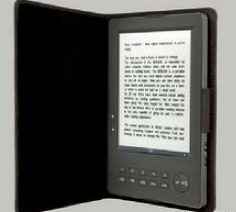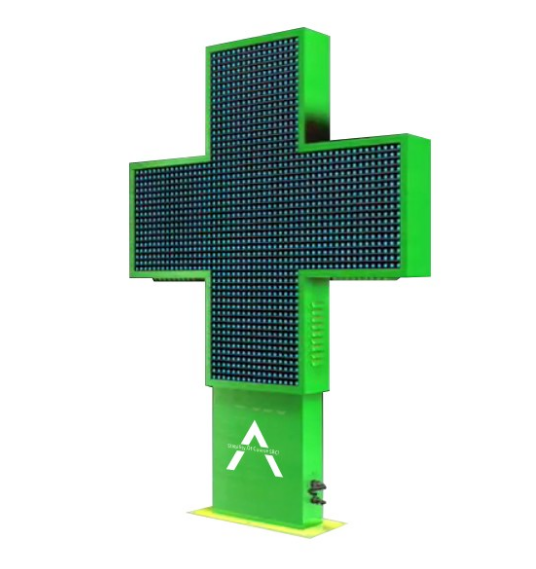 According to IHS iSuppli's consumer electronics special report, following the rapid growth in recent years, the market for e-book readers has fallen sharply and has been defeated by smarter tablet devices. Tablet devices are highly sought after by consumers.
According to IHS iSuppli's consumer electronics special report, following the rapid growth in recent years, the market for e-book readers has fallen sharply and has been defeated by smarter tablet devices. Tablet devices are highly sought after by consumers. This year, e-reader shipments will drop to 14.9 million, which is a 36% drop from the 23.2 million in 2011. At present, 2011 seems to be the peak of the e-book reader market. The market is expected to drop by 27% next year, and shipments will drop to 10.9 million. By 2016, e-book reader shipments will shrink to only 7.1 million, which is more than two-thirds lower than the 2011 peak. As shown in Figure 1.
The e-book market rose rapidly and then declined rapidly. This situation is unheard of in the field of consumer electronics, which is known for its short product life. Before 2006, consumers were unaware of e-book readers, but after the listing, shipments rose sharply in just a few years. From 2008 to 2010, shipments increased from 1 million units to 10.1 million units, a dramatic increase of 10 times.
However, the ups and downs of e-books perfectly illustrate the obvious fact in the electronics industry: single-task products such as e-books are being mercilessly replaced by multi-functional products in consumers' lives. For e-books, it is replaced by media tablets. Although other single-task products such as digital cameras, GPS systems, and MP3 players also face the same pressure and bleak prospects, their good times are longer than e-book readers, highlighting the serious decline of e-book readers.
On the contrary, the growth momentum of tablet computers is irresistible, which is mainly due to the Apple iPad, which was introduced in 2010. After just two years of listing, tablet PC shipments in 2012 will reach 120 million units, and it is expected to reach 340 million units in 2016. Its sales are second only to mobile phones.
The media tablet is versatile and can read e-mails and books, browse web pages and play movies, and the rich features even offset the cost advantages of e-book readers. The dismantling service of IHS iSuppli Company studied a variety of e-book readers and tablet PCs, and the results showed that the e-book manufacturing cost was much lower. For example, the 7-inch Amazon e-book reader launched at the end of 2011 had a total material cost of $84, while the recently launched ASUS OEM's Nexus 7 tablet costs $153, which is almost double the former.
In order to keep the market, e-book readers may continue to sell at a cost or even a loss. Industry rumors that the 5-inch Txtr Beagle reader, with carrier subsidies, could be as low as $13 in 2013, which is lower than the monitor's cost. IHS iSuppli believes that this high price may temporarily extend the life of the e-book reader market, but it will not regain its former glory.
For eBook reader manufacturers, the pressure to keep the cost down to an absolute minimum will be enormous, especially if the system manufacturer is not also a content provider. From this point of view, Amazon's situation is better than other e-book reader manufacturers, because the book sales giant can get a large amount of operating income by selling e-books and other content through online stores to make up for some losses. Amazon also is not doing nothing in the hardware field. Based on the Kindle e-book reader, it launched the Kindle Fire media tablet.
The market for e-book readers has dropped sharply, which is a good thing for suppliers on the media tablet supply chain. For example, from 2011 to 2014, the tablet computer display market is expected to double to reach about 10 billion US dollars.
Semiconductor shipments for tablets will also show similar strong growth. By 2016, the total semiconductor consumption of tablet computers will exceed 20 billion U.S. dollars, which is more than double that of 2011, making it one of the most profitable opportunities in the overall chip industry.
A few years ago, e-books were still "the next generation of epoch-making products," but they came and went hurriedly. The originally expected explosive growth was suddenly forfeited by more sophisticated and insurmountable competitive products. This is undoubtedly a tragedy for e-books.
Cross Screen is mainly used in hospital, clinic, pharmaceutical chain stores and others place. The cross screen can use for advertise signs, street signs, etc. It can display animation, text, time, temperature, noise and so on! Simple control system with the wired and wireless control can make cross screen be more easy to operate. Besides offering complete and best solutions, Shenzhen Cxcolor Optoelectronic Company limited is a professional manufacturer specialized in Led Display Screen, LED stage rental display screen, Led Advertising Display screen, small pitch Led Display screen, LED transparent display screen, vehicle LED display screen, LED spherical display screen, LED energy-saving display screen.

Cross Screen
Cross Screen,Giant Led Screen,Foldable Led Screen,Led Tv Display Panel
Shenzhen Cxcolor Optoelectronics Co., LTD. , http://www.largeledscreen.com